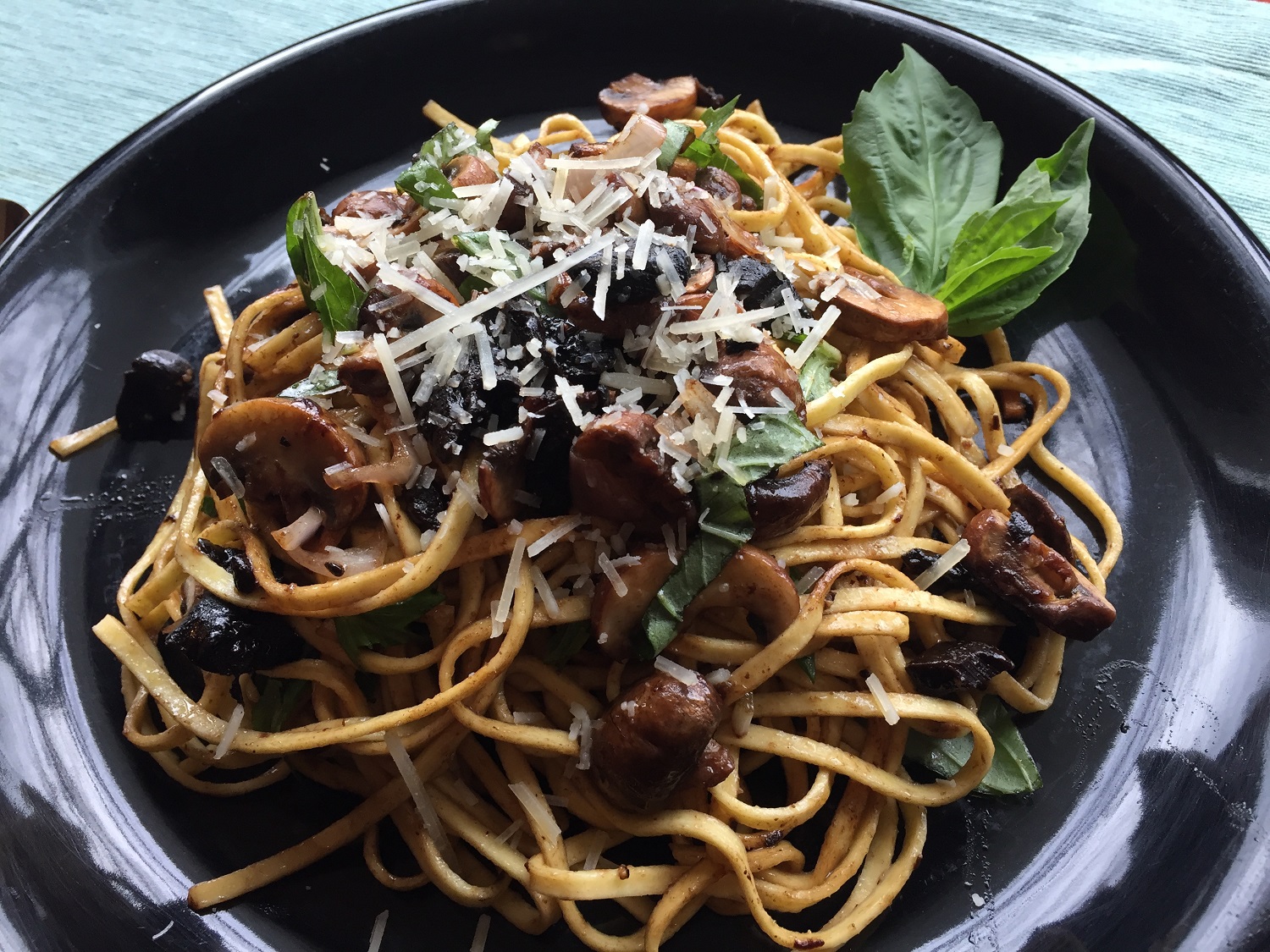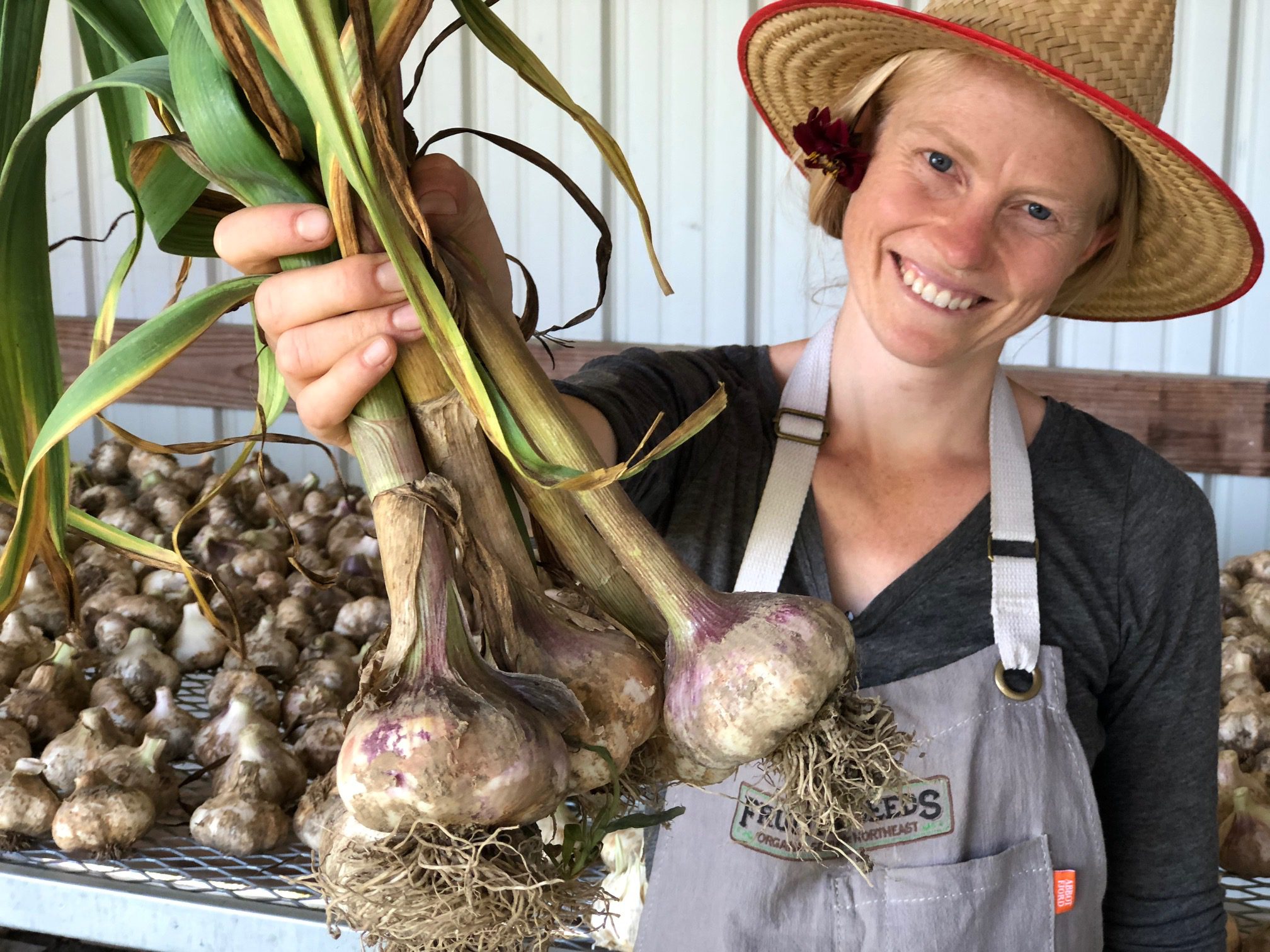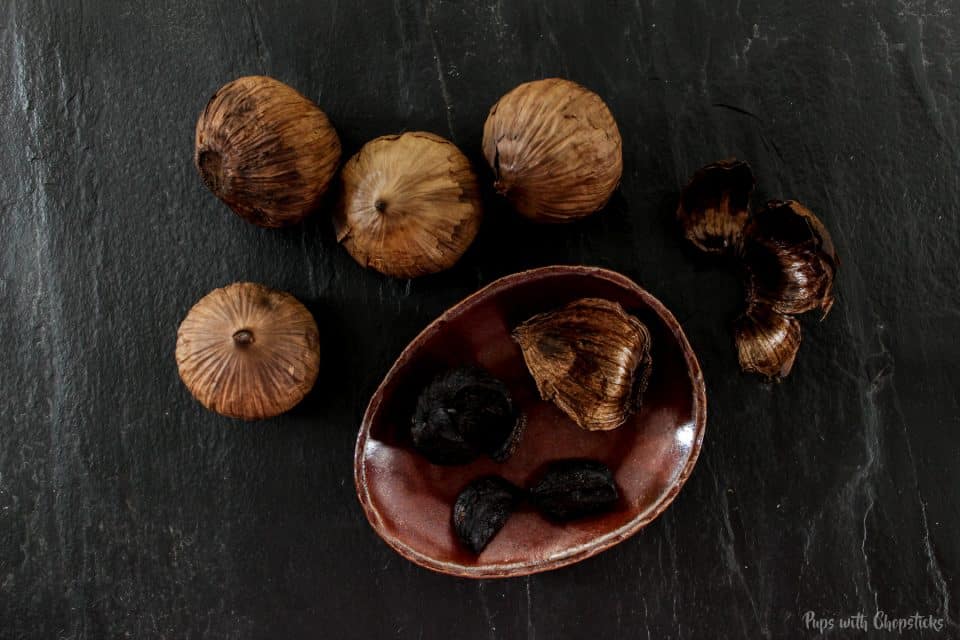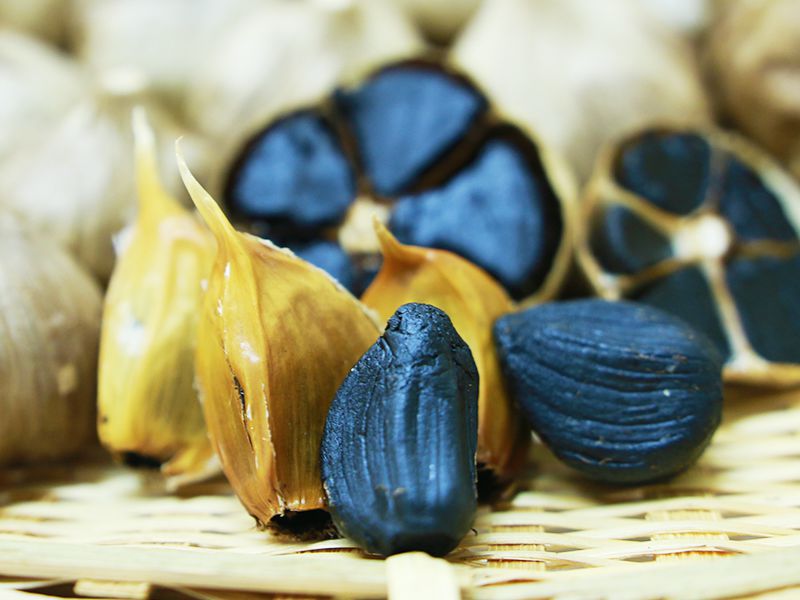News
News and announcements.

Black Garlic Challenge: Invite Your Audience to Share Their Most Creative Recipes
If you’ve discovered black garlic’s sweet, sticky, and umami-packed flavor, you already know it has a magical ability to elevate savory sauces, soups, and even desserts. Now, it’s your turn to spark some kitchen creativity—and possibly inspire fellow foodies in the process. Welcome to the Black Garlic Challenge, a fun invitation for home cooks, professional chefs, or adventurous experimenters to share their most inventive black garlic recipes with the world. Below, we’ll explore what the challenge is all about, how to participate, and a few ideas to get those culinary gears turning!

Interview Series: Talking to Chefs & Food Bloggers About Their Love for Black Garlic
From professional kitchens to home cooking blogs, black garlic has captured the hearts (and taste buds) of creative food lovers everywhere. Known for its sweet caramel notes, soft texture, and subtle umami punch, black garlic seems to inspire near reverence in those who cook with it. In this interview series, we reached out to a handful of chefs and food bloggers—each with their own unique culinary perspective—to chat about what makes black garlic so magical. Read on for their favorite uses, tips, and a few mouthwatering recipes waiting to happen.

Black Garlic for Bakers: Incorporating it into Breads, Savory Pastries, and More
Black garlic is often celebrated for its sweet, balsamic-like flavor and gentle umami depth—qualities that have made it a go-to ingredient in sauces, marinades, and high-end restaurant dishes. But did you know it can also work wonders in breads and savory pastries? By folding black garlic into doughs, toppings, or fillings, bakers can create loaves and pastries that surprise the palate with a sweet-savory twist. Below, we explore a range of ways to weave black garlic into your baking routine—covering everything from rustic loaves and rolls to sophisticated croissants and hand pies.

Fair Labor Practices in the Garlic Supply Chain for Black Garlic
Many fans of black garlic are drawn to its sweetly intense flavor and healthful reputation, but behind that sticky, umami-rich clove lies a broader story—one about the garlic supply chain and the people who grow, harvest, and process it. As consumers increasingly seek ethical and sustainable foods, fair labor practices in garlic production (and by extension, black garlic production) have come under the spotlight. Below, we explore why fair labor matters, how it can be fostered in the garlic supply chain, and what producers, brands, and consumers can do to ensure those sweet, dark cloves arrive at our tables with integrity.

Waste Not: Creative Uses for Imperfect Black Garlic Cloves or Byproducts
Black garlic is beloved for its sweet, molasses-like flavor and soft texture—but not every clove emerges from the aging process in perfect condition. Misshapen cloves or those with minor visual flaws can pile up, leaving producers and home cooks alike wondering how to make the most of them. At the same time, byproducts like skins or garlic “juice” can seem destined for the trash. In the spirit of reducing food waste and honoring the full potential of this prized ingredient, here are some innovative ways to repurpose imperfect black garlic cloves and related scraps.

Energy Efficiency in the Black Garlic Aging Process: Producer Perspectives
Black garlic’s unique, sweet-savory flavor requires time and controlled conditions—often weeks of low-temperature heat and high humidity—to transform raw garlic into those soft, inky cloves. This “low and slow” approach is vital for flavor development, but it also raises the question: How much energy does it use, and can it be done more sustainably? Below, we explore how black garlic producers are tackling energy efficiency in the aging process, highlighting practical solutions, real-world challenges, and future innovations.
Categories
- Black Garlic 59
- Butter 19
- News 63
- Recipes 48
Canoka Products
Discover our premium black garlic products, naturally fermented for exceptional flavor and health benefits.
View Our Products